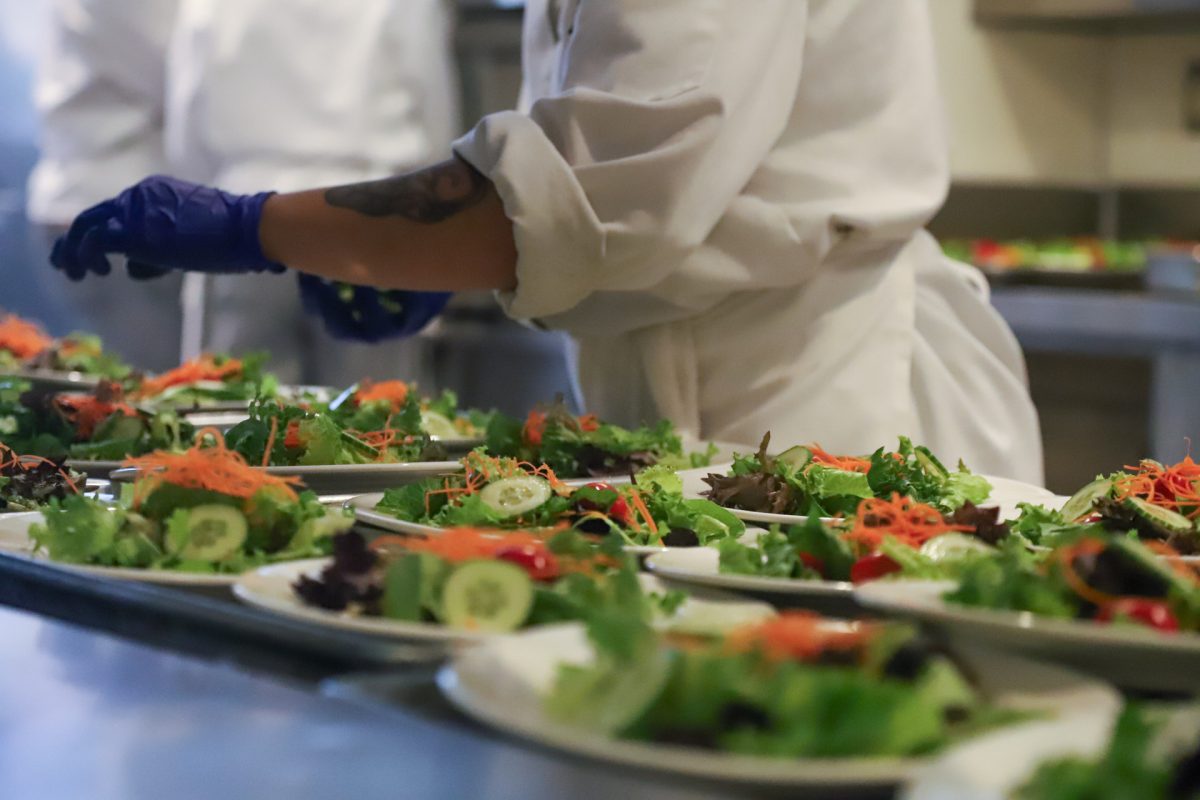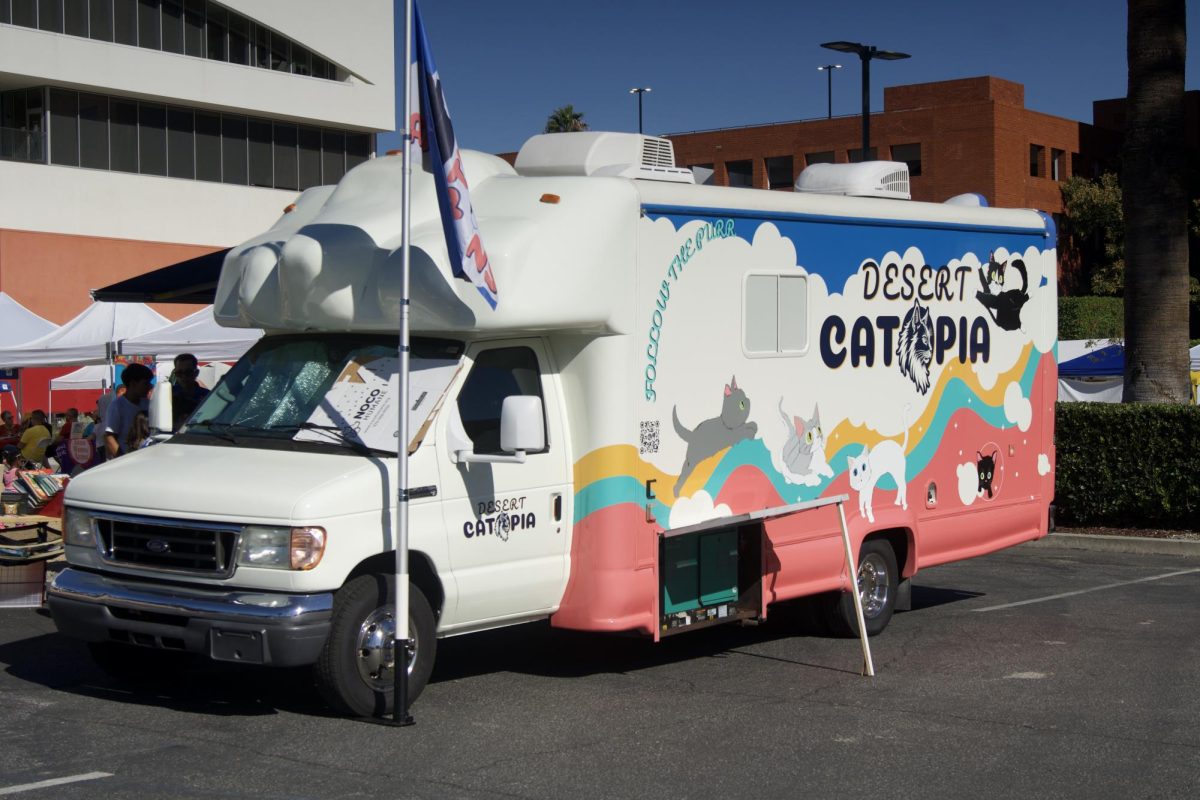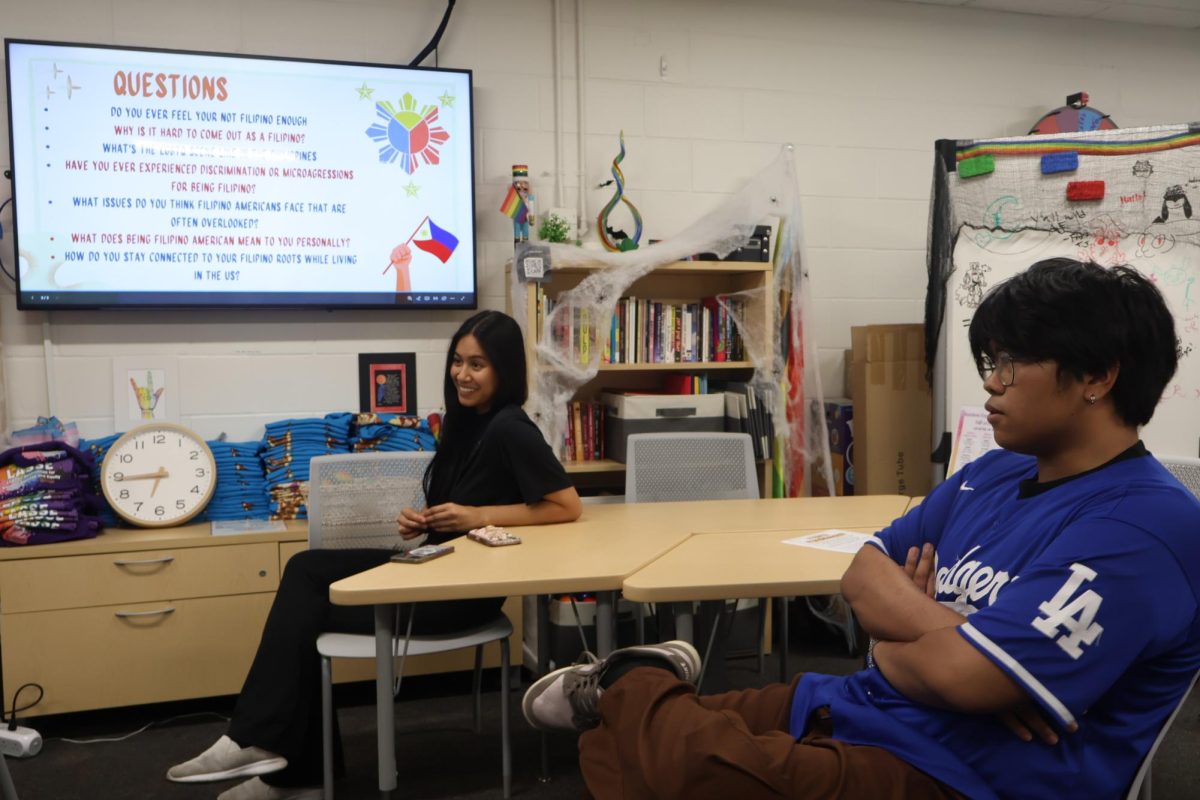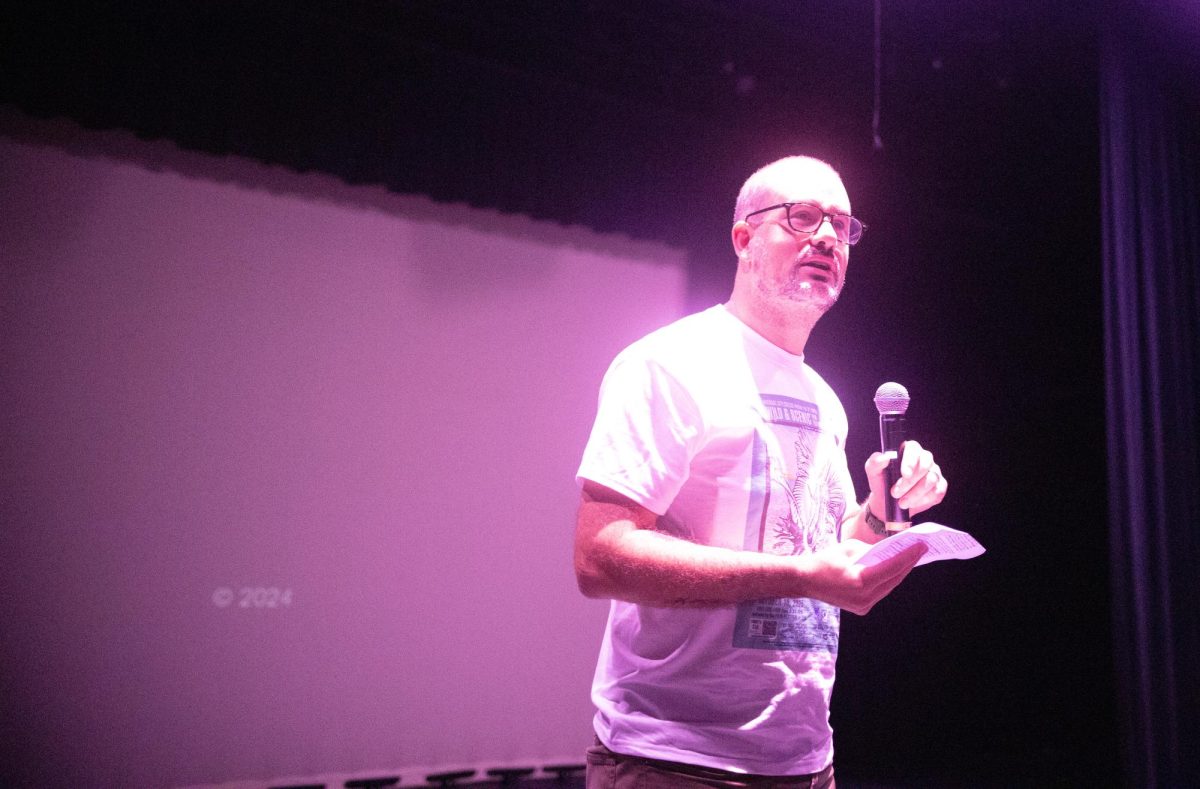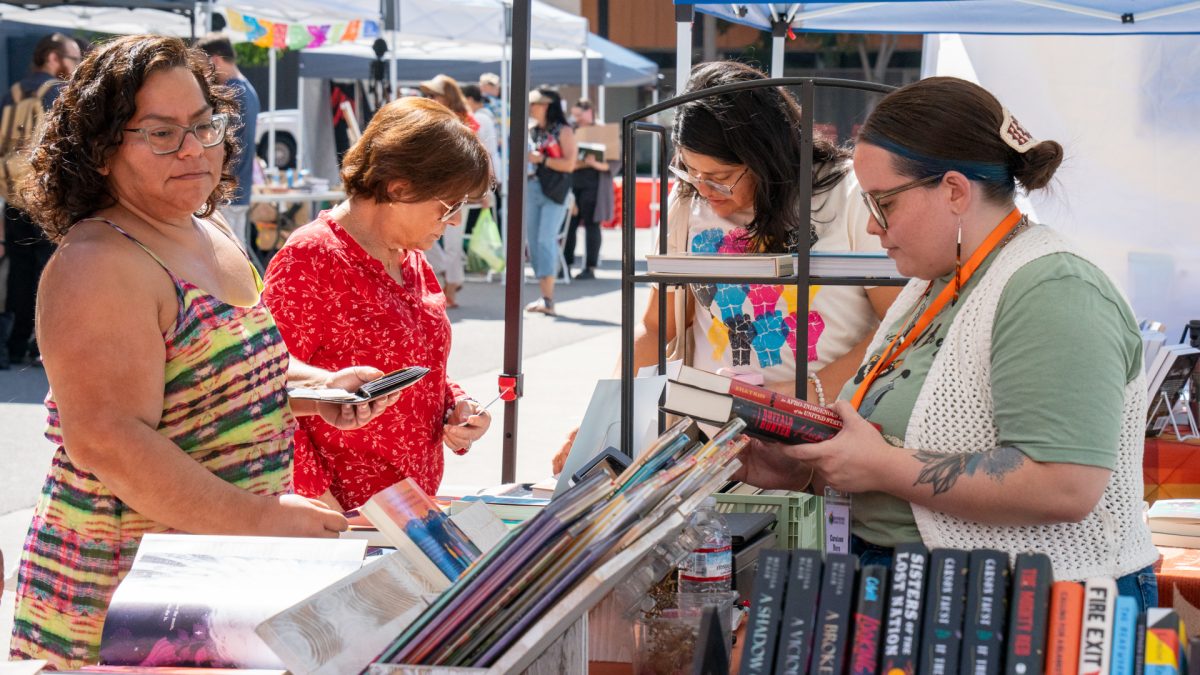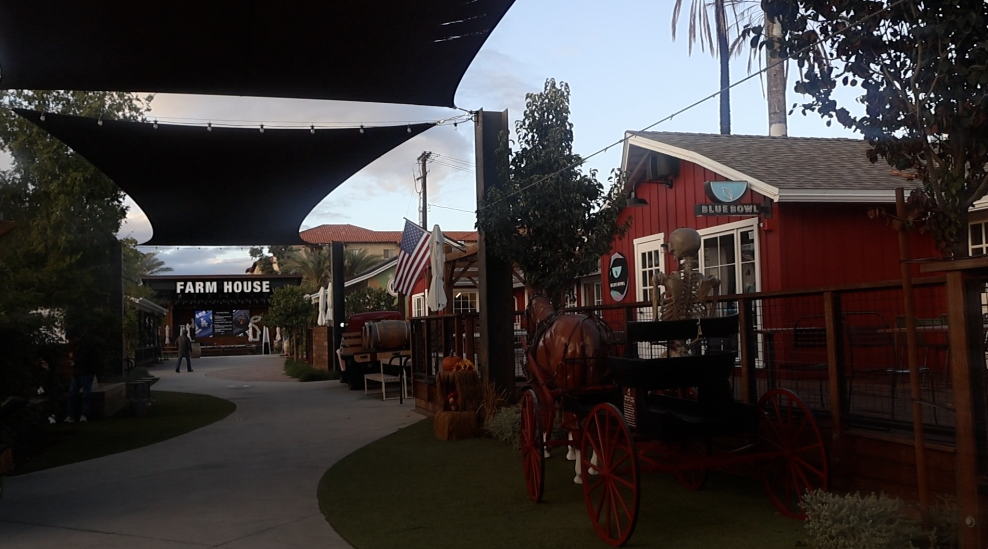Welcome to Riverside City College’s hotspot for culinary excellence – where kitchens are always moving, food is always fresh, and students are learning new skills and thriving under a high-speed environment. This program is anchored by a live-working restaurant that provides an experience of an actual kitchen, giving students a taste of the intensity, rhythm. A program to immerse you into the world of culinary arts as you prepare for the future in both professionalism of the kitchen and the blurring line of artistry and food.
Under the leadership of Instructors Chef Gisien Bao and Chef Noel Barragal, it is a unique culinary institution that mixes real-world creativity and university training, all into the kitchen. The restaurant is rooted in making sure students get the opportunity to be more than just a chef– they are trained to adapt and be resilient as creative professionals.
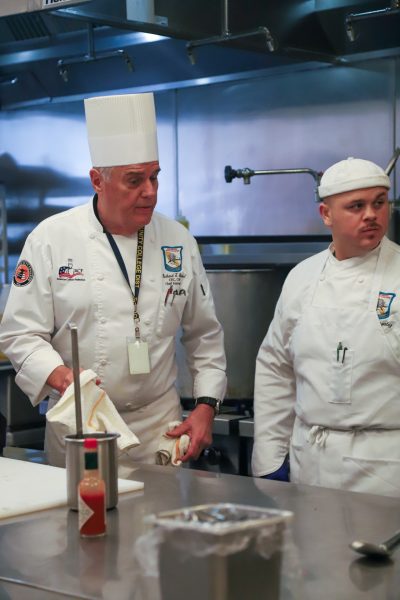
The center is an outdoor live classroom experience where students rotate through each role, from line cook to server to kitchen manager, under the pace and professionalism often demanded in the restaurant industry.
The program has two levels of classes, Bao, teaches the beginner class at levels 36, a friendly approach to instruction. Barragal provides a debt beginner class for new learners.
Students are prompted to self identify their customer, creating food with heart and soul. Along with technical skills, adaptability, customer service, taking turns in front-of-house jobs, becoming involved in hosting, interacting with customers and connecting back to guests’ experience.
A main focus on student success is designing curriculum that is career-oriented and provides pathways into careers in food service management and restaurant entrepreneurship. This way graduates can leave with a varied portfolio of skill and experience, after the curriculum they are not only ready to work in kitchens but equipped to lead them as well. Learning experiences are hands-on.
“They are very much involved in every single process of this whole facility,” said Bao.
While devising prep sheets, tracking inventory, estimating and figuring out cost of recipes during live service. This level of involvement shows a balance of consistency with creativity, and how to manage multitasking with the accountability of working collaboratively under time restraints.
When it comes to planning out menus, every Thursday, Barragal shares a new menu packet, all students are assigned to a different station whether it be cold sandwiches, salads, soup etc. No matter the level – the preparations begin Monday to be service ready on Tuesday, a menu of about 95% of everything is made from scratch there behind the scenes. Such as handmade pasta for the show-stopping Chicken Marsala that Barragal spoke so fondly about.
Depending on what is available for the week, the cycle teaches adaptability and reinforces the concept of working with local and in-season fresh produce. Upcoming chefs are learning to approach menu development while keeping the customer in mind, creating menus with delicious options. Beyond the pressure of expectations, still remains a nurturing atmosphere, where educators like Barragal and Bao mentor students through stress, helping them discover their strengths. In that energy, they not only perform action—but they begin to understand their trajectory as professionals in the culinary arts.
Techniques are the foundation to the kitchen and a thriving restaurant, teaching students how to fillet a fish or how to build flavor by sauteing and more. Providing more beyond the plate as instructors advocate for experimentation, Bao introduces the process of fermenting foods. Such as pickling vegetables, making drinks and curing meats. Creating an open setting to understand the science of flavor and traditions of cooking.
It’s no surprise that a kitchen can be stressful, but at RCC stress is shifted to be part of the learning process. Support and communication are viewed as main attributes.
“A little bit of stress goes a long way when there is someone there to help you grow through that stress,” said Barragal.
Student Rachel Bitney shared her insight of working at the restaurant.
“I have worked in the front house and back for kitchen cleaning, and it’s definitely not a stress free environment but I think that’s what makes it worthwhile,” she said.
Observing the family relations brought into the venue, a mix of real-world expectations and supportive context is what sets the program apart. Students like Bitney are challenged to step outside their comfort zones, but will never be expected to do it alone.
The learning doesn’t stop at the doors of the kitchen but circling back to the community. Culinary Arts Restaurant engages with the community in notable ways – dining in are families getting together from the neighborhood, local business and locals offering outputs to procure fresh produce and ingredients.
With a student-run restaurant, it’s able to provide the public with access to affordable, high-quality meals with purpose by students. The public, faculty and locals all sample seasonal menus curated by students. As well as support local food initiatives, create partnerships with various local organizations, and host or participate in culinary events that raise awareness of student talent. All in which increase food education and career pathways.

